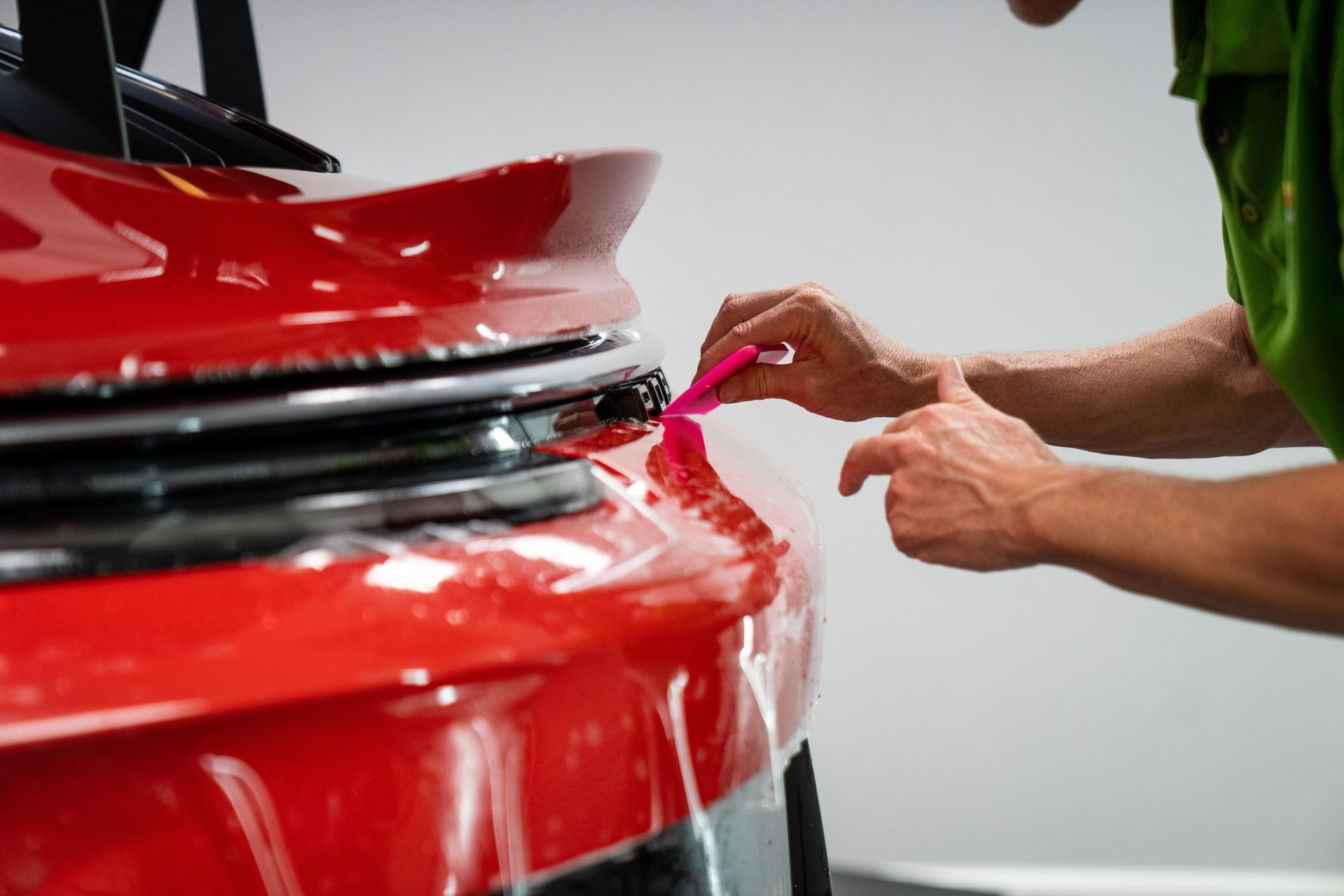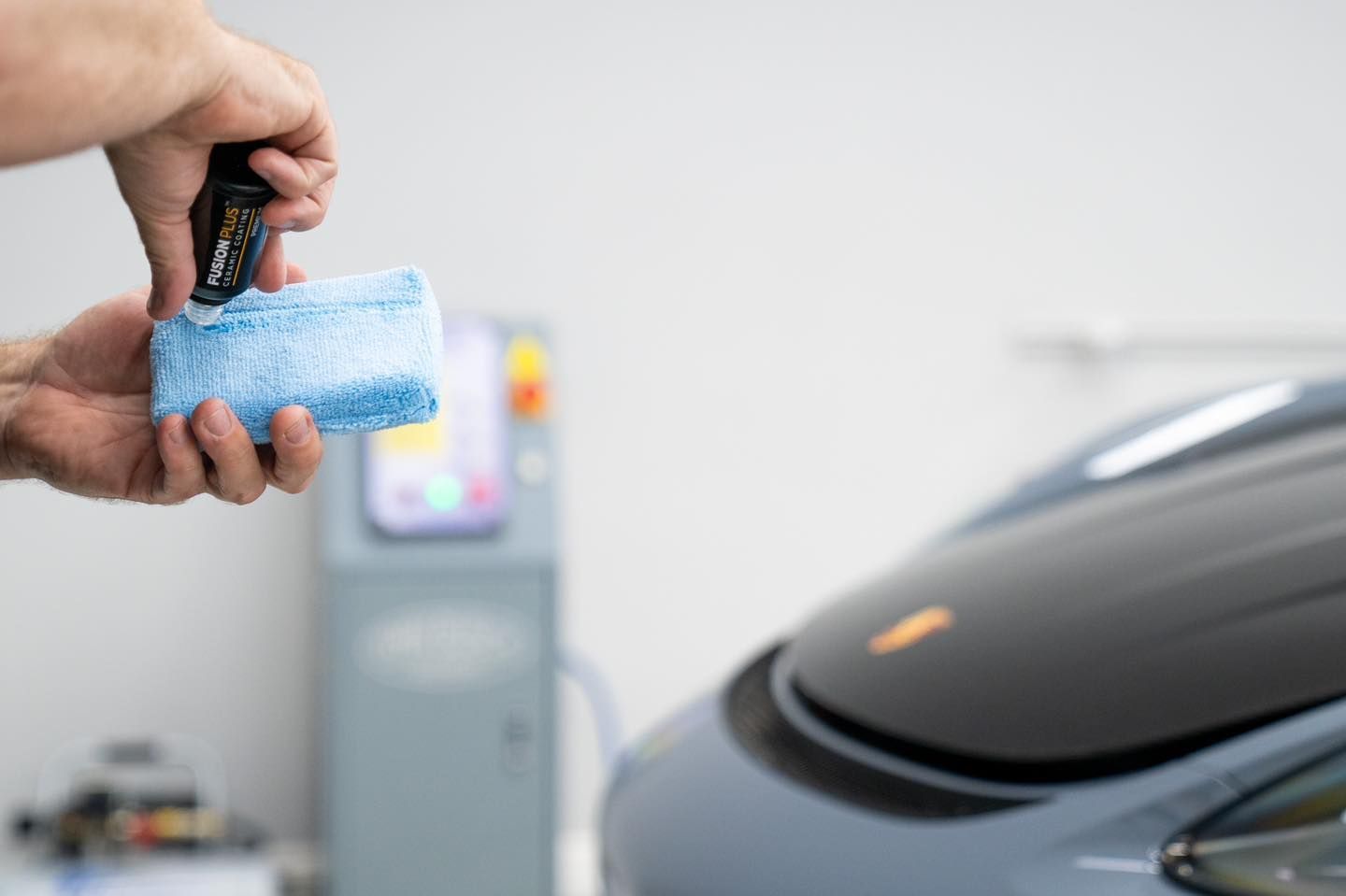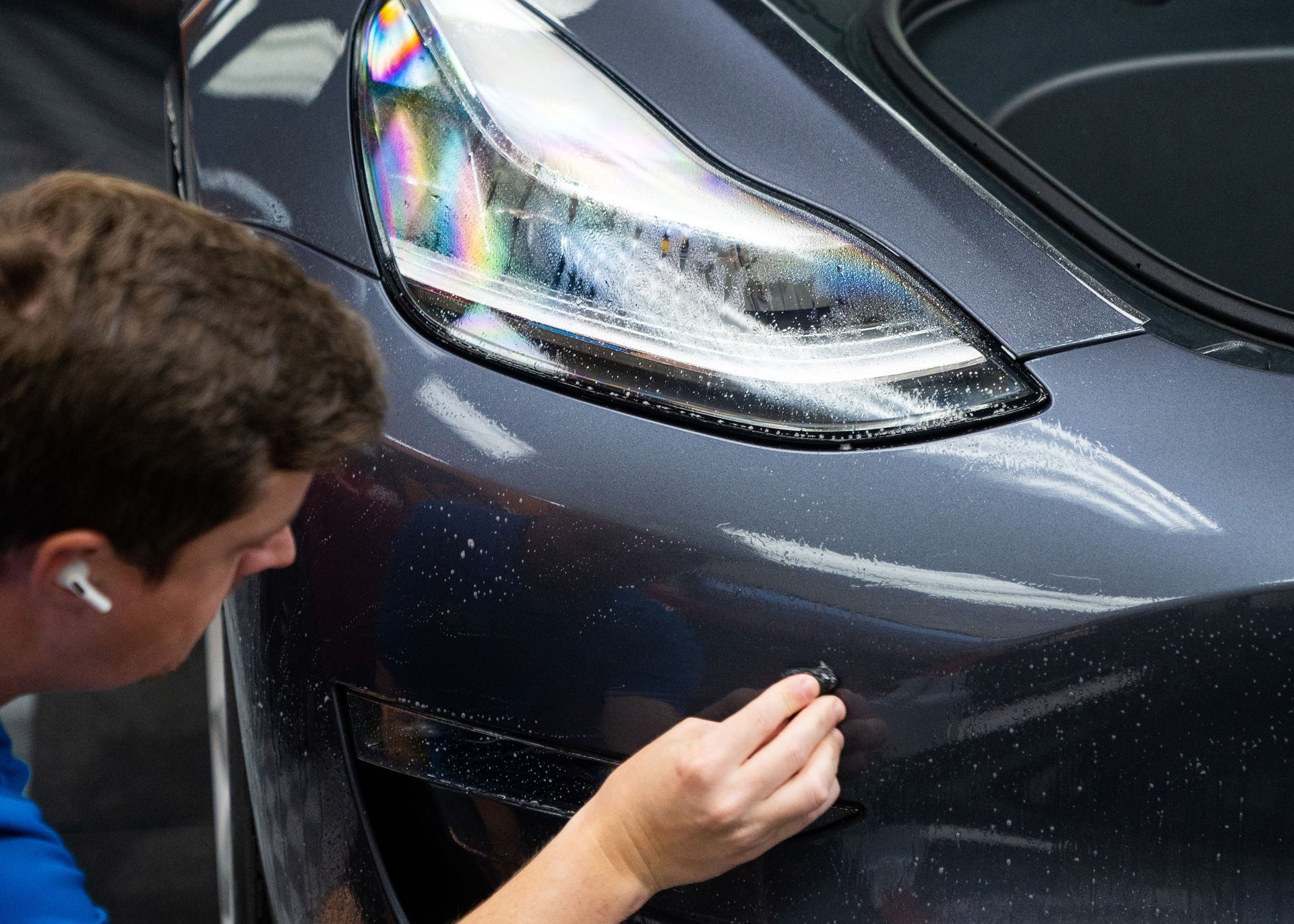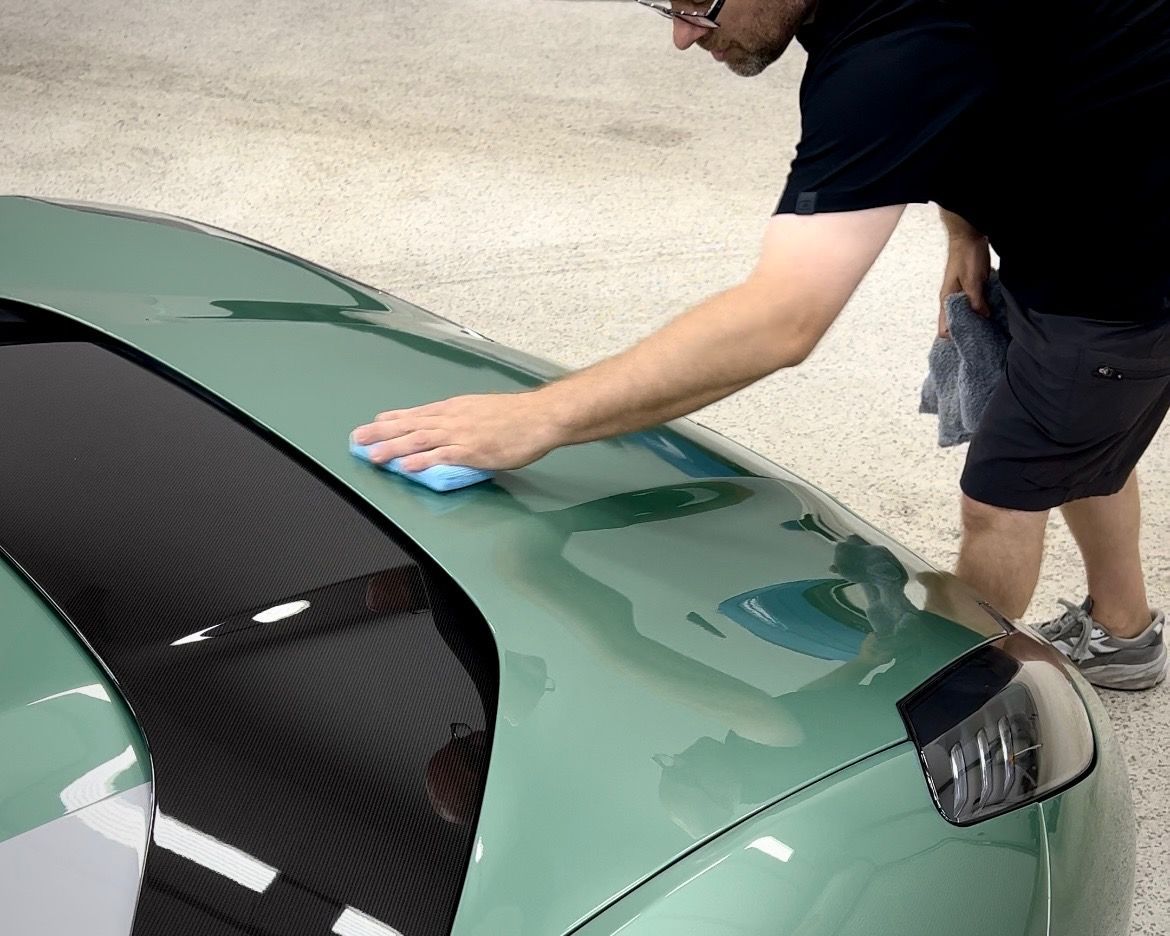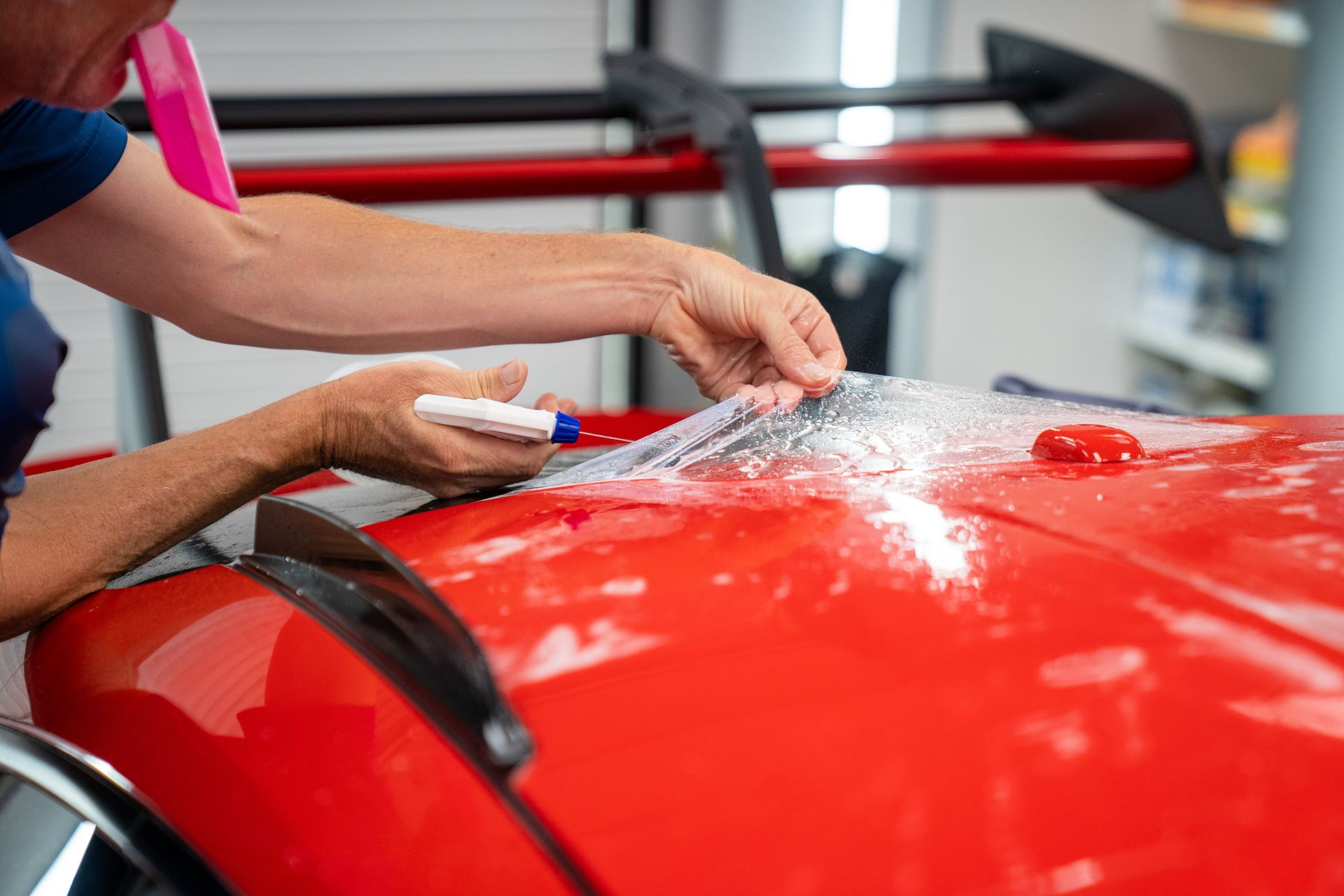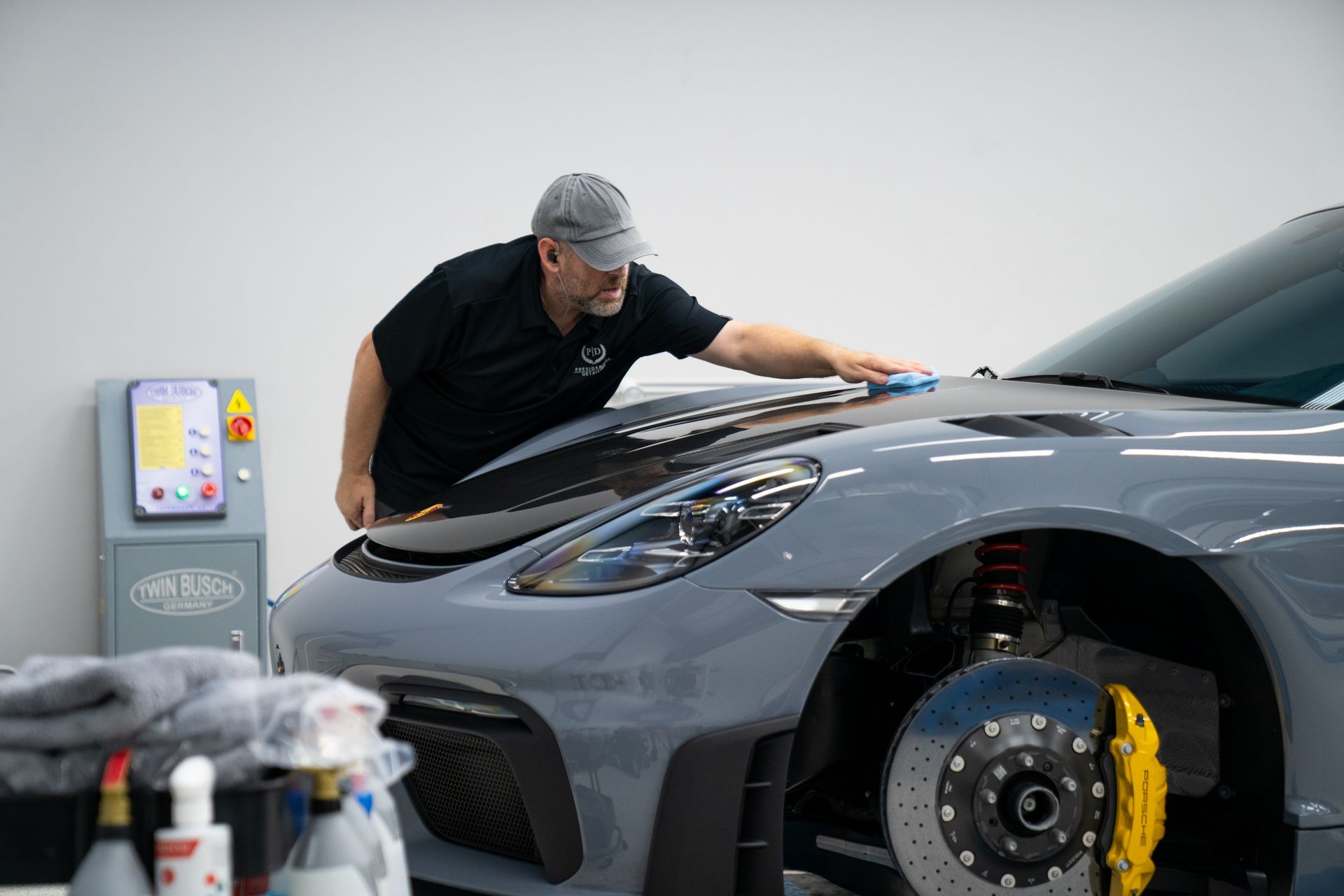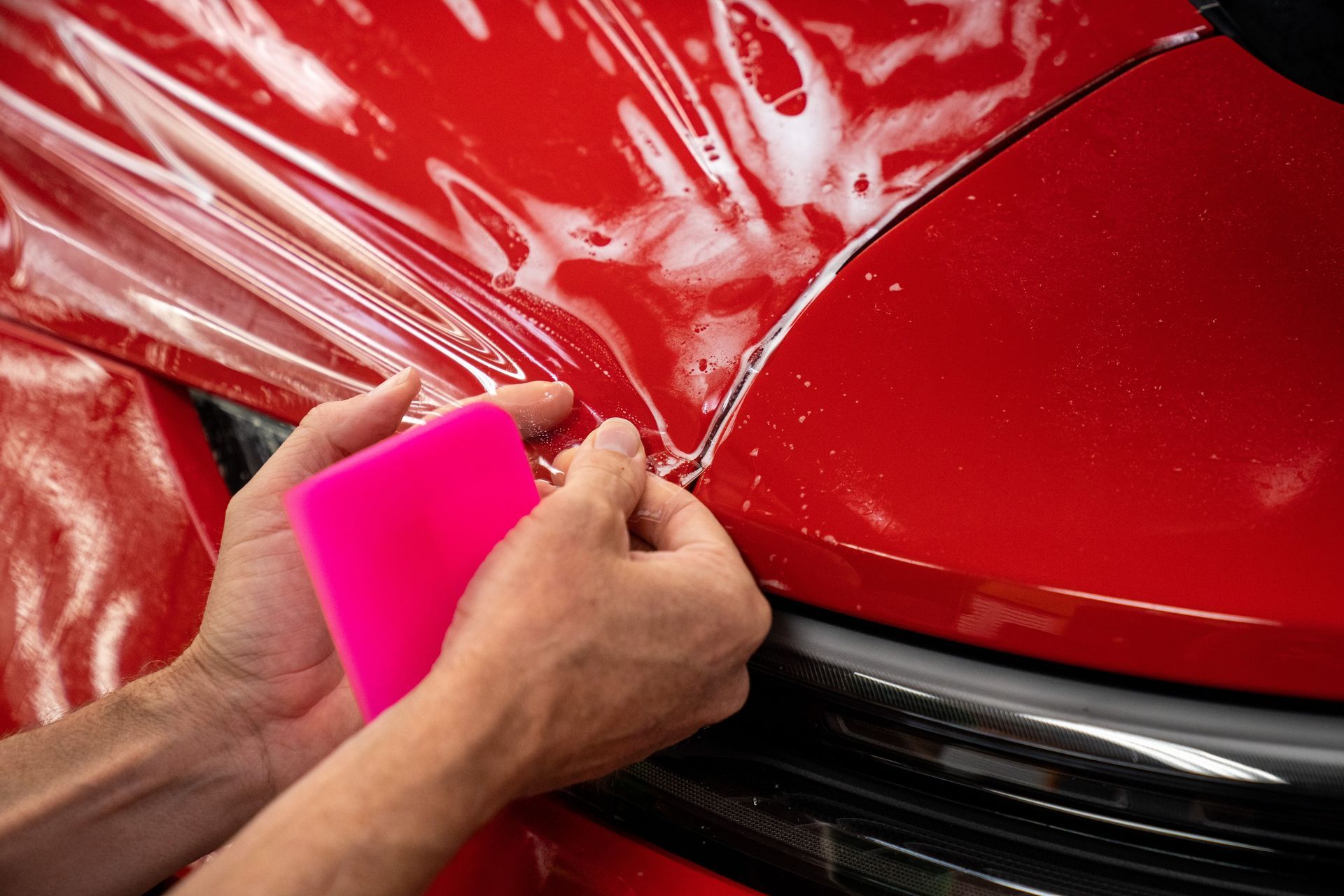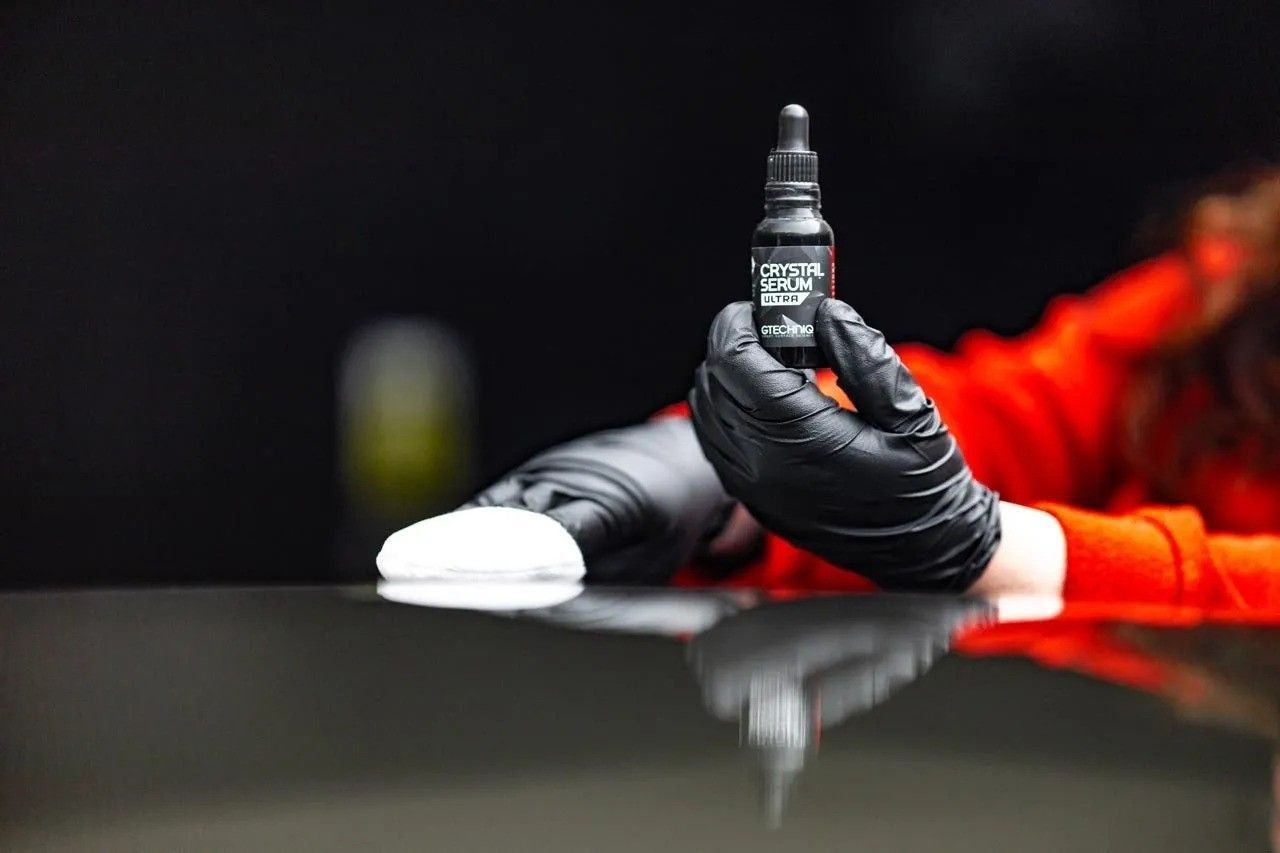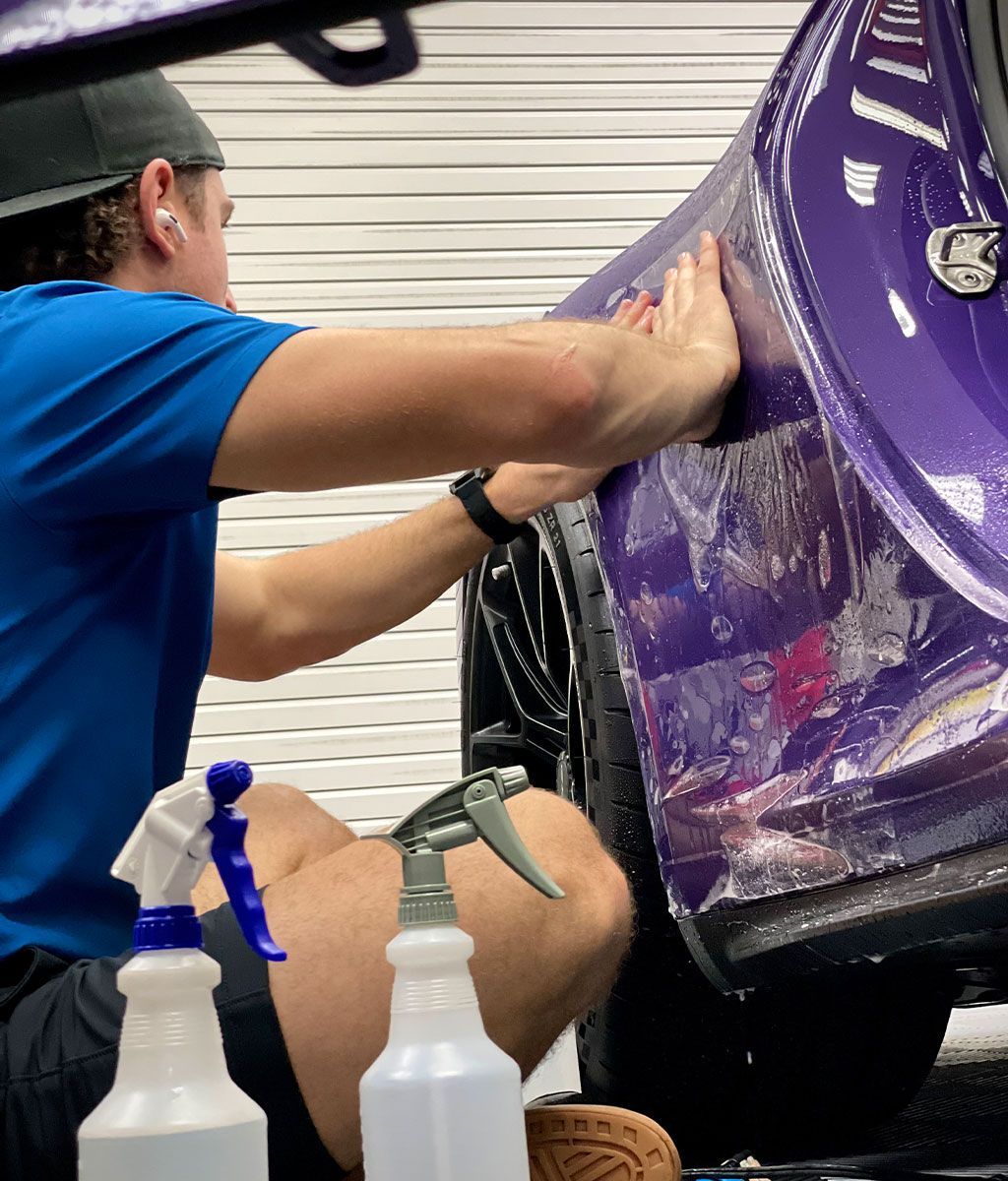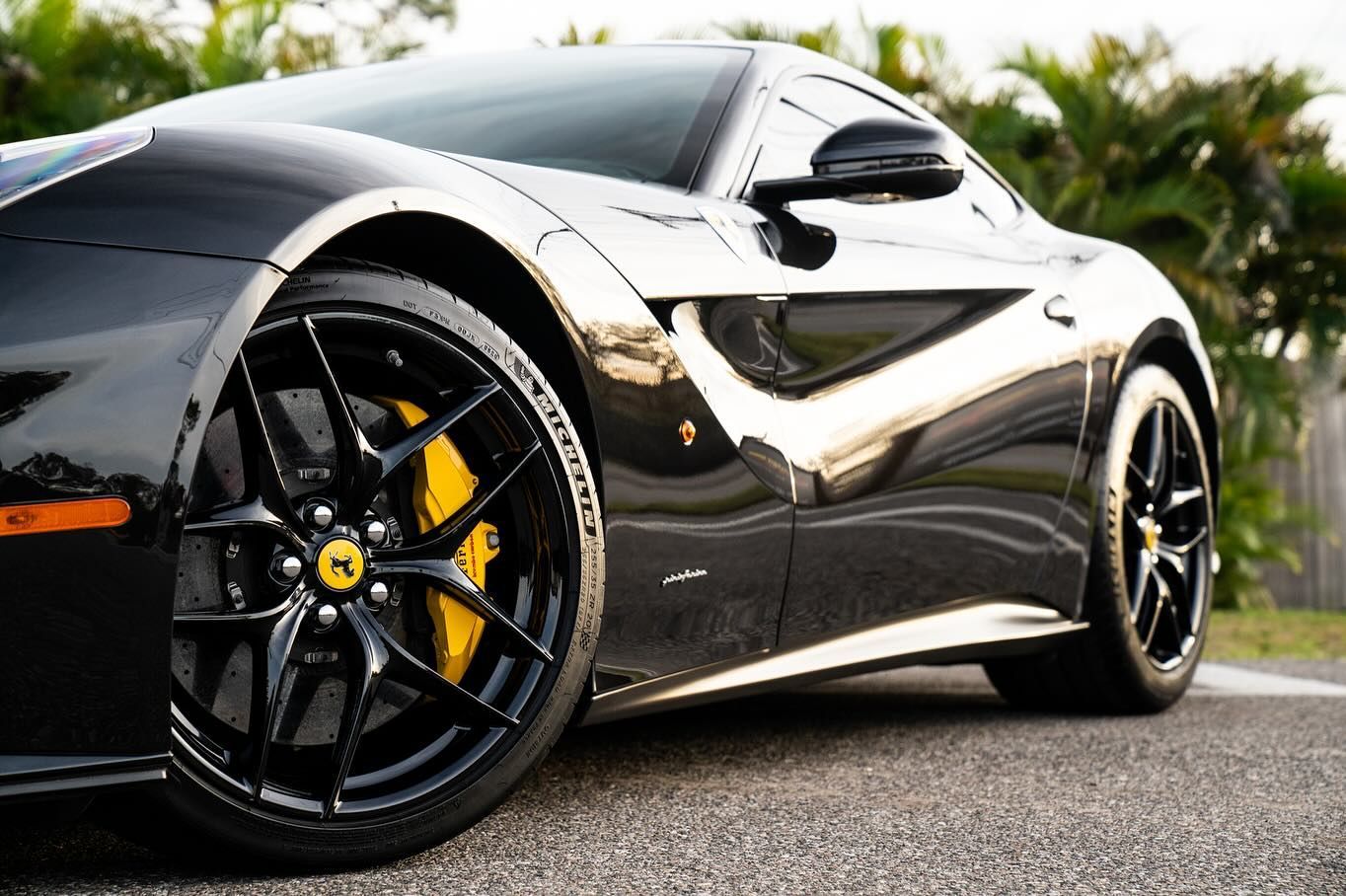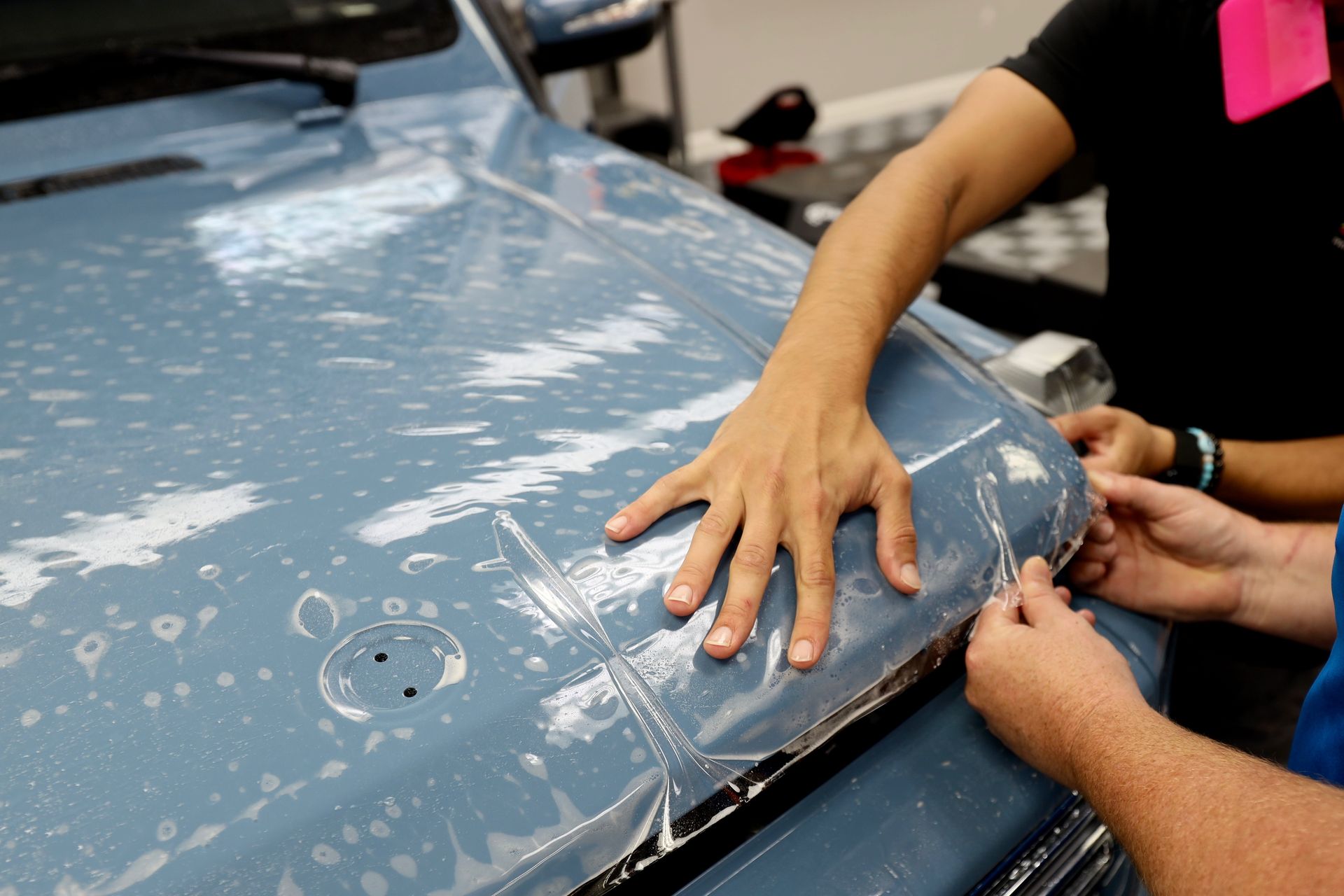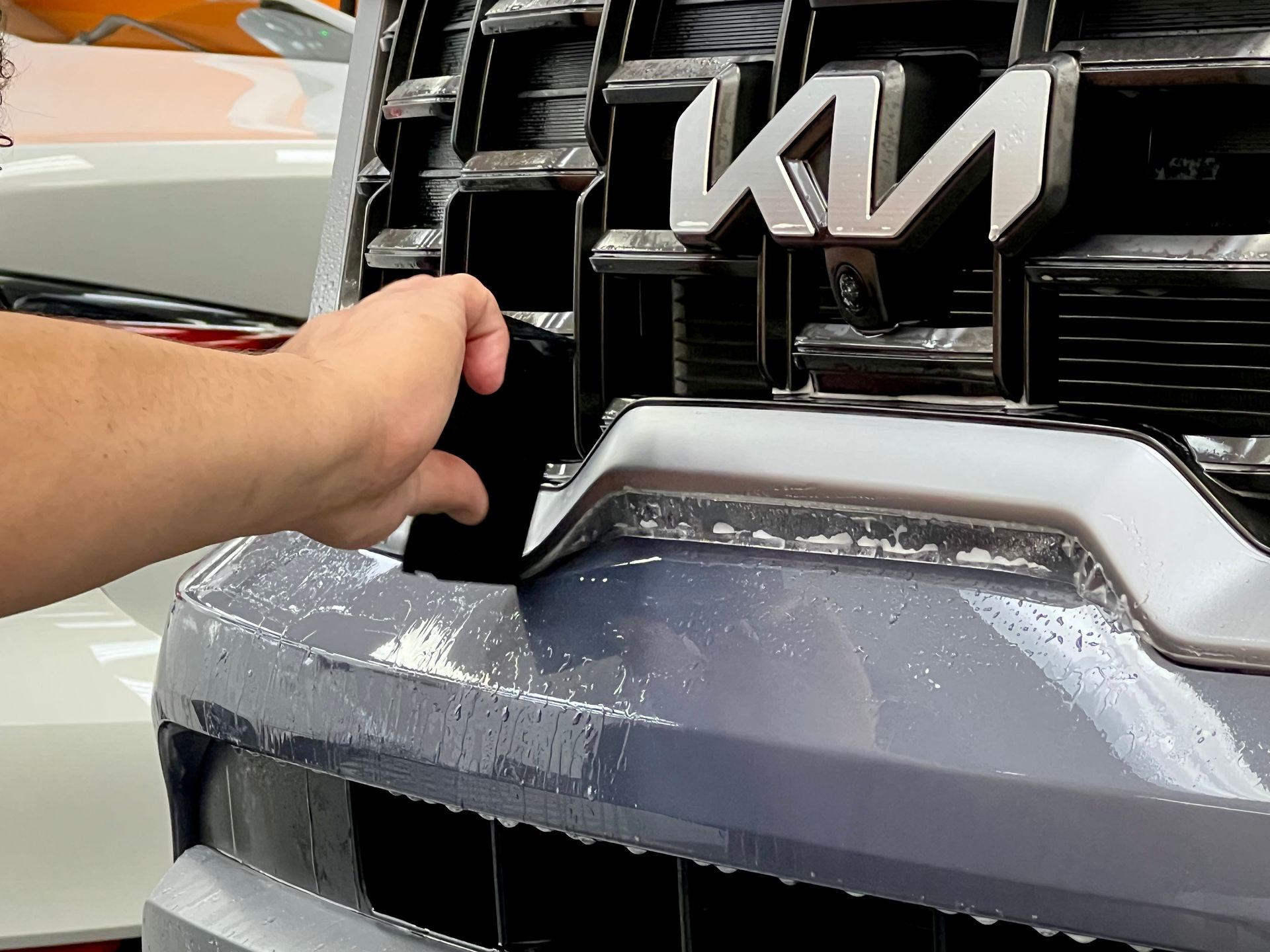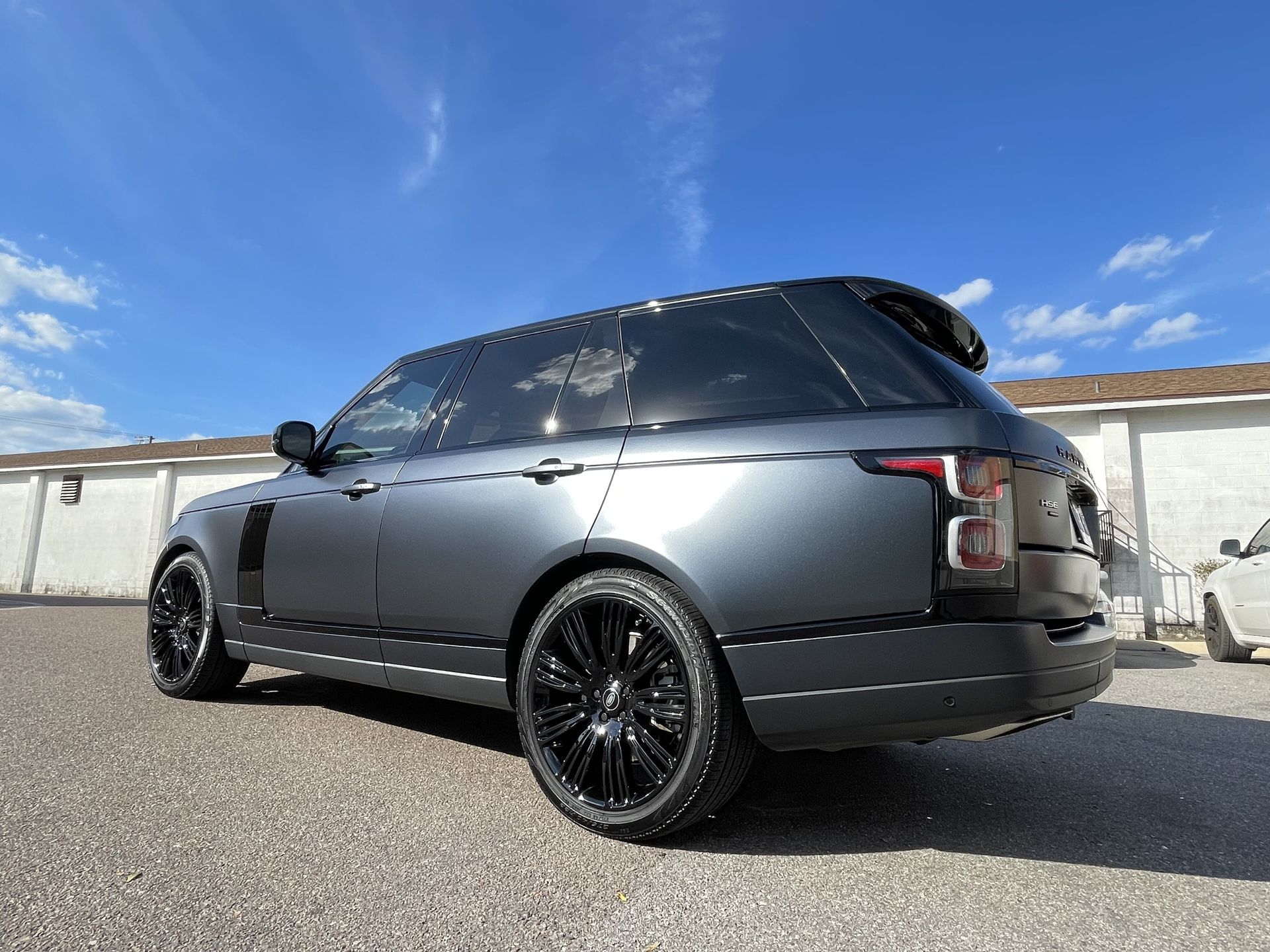Matte vs. Glossy PPF: Which Paint Protection Film is Right for Your Car in Clearwater, FL?
CALL (813) 723-9679
GET A FREE ESTIMATEBoth matte and glossy paint protection films provide superior safeguarding for your vehicle but offer distinct aesthetic finishes. While matte PPF delivers a muted, non-reflective finish that reduces the visibility of scratches while adding a classy impression, glossy PPF heightens the color of your car with its mirror-like shine for a well-polished look. However, it's not always about appearance. Unexpectedly, these finish options might also align with your lifestyle or driving habits. Now let us dive deeper into what these PPFs really are.
The choice between matte and glossy paint protection film ultimately depends on your personal preference and the aesthetic you want to achieve for your vehicle. Matte PPF offers a non-reflective finish, while glossy PPF provides a sleek, shiny appearance. Consider factors such as maintenance, durability, and desired look before making your decision.
What are matte paint protection films and glossy paint protection films?
Matte paint protection film, as the name implies, is non-reflective and boasts a smooth, understated finish that doesn't draw attention to itself. It adds a layer of elegance to your car, minimizing the appearance of scratches and providing a unique satin-like texture. This sleekness can really give your vehicle an edge with an air of sophistication.
Conversely, glossy paint protection film offers a high-shine finish that mirrors the original paint on your vehicle. It gives your car a polished look and enhances the vibrancy of its colors. The glossy finish draws attention to the curves and lines of your vehicle, leaving a lasting impression of luxury. In terms of protection, its glossy surface does an admirable job of concealing small blemishes such as swirl marks or light scratches.
Every choice has its pros and cons. Your selection between matte or glossy PPF rests upon your individual preferences based on aesthetics and maintenance needs. Both finishes promise excellent defense against environmental elements and can elevate the visual appeal of your vehicle in distinct ways.
Visual Contrast Between Matte and Glossy PPF
A matte PPF exudes a refined, velvety sheen with understated elegance. When sunlight bathes this surface, it softens and scatters the reflected light, creating a smooth, muted appearance. The effect resembles gazing at a beautiful painting where colors blend seamlessly without harsh reflections or glare. The result is a sophisticated look that exudes class and subtlety. In contrast, a glossy PPF captures and amplifies light like a mirror, producing a vibrant shine with high reflectivity. When hit by sunlight, the glossy finish acts as a pristine reflective surface, enhancing the depth and intensity of color. It's almost as if the surface comes alive, showcasing a dazzling play of light and shadows. The result is an impactful, eye-catching appearance that commands attention.
The difference between matte and glossy PPF can be likened to choosing between classic elegance and contemporary allure; it's a choice between capturing subtle sophistication or making a bold statement. Understanding these visual distinctions provides essential insight into how both matte and glossy PPFs can drastically alter the aesthetic appeal of your vehicle, allowing you to make an informed decision based on your desired visual outcome.
Role of Clearwater, Florida, Weather on PPF Selection
Clearwater, FL's humid subtropical climate is well-known for its warm and humid weather throughout the year, with frequent rainfall and plenty of sunshine. This climate pattern can significantly influence the choice between matte and glossy paint protection films (PPFs) for your car.
- Protection Against UV Rays: Clearwater's abundant sunshine means that UV rays are a constant concern for vehicle owners. Both matte and glossy PPFs offer reliable protection against UV rays, helping prevent paint fading and discoloration caused by prolonged sun exposure.
- Resistance to Environmental Pollutants: The subtropical climate also brings environmental pollutants such as bird droppings, tree sap, and other airborne contaminants. Both matte and glossy PPFs act as barriers, shielding your car's paint from these harmful substances—crucial in preserving the aesthetic appeal of your vehicle amidst the city's bustling outdoor activities.
- Effect of Frequent Rainfall: One distinguishing factor in Clearwater's weather is its regular rainfall. Both matte paint protection film and glossy paint protection film have proven to be invaluable in combating the effects of frequent rainfall in Clearwater, FL. The unpredictable weather, characterized by sudden downpours and high humidity, poses a significant threat to a vehicle's exterior. Matte paint protection film not only preserves the sophisticated, non-reflective finish but also acts as a barrier against water spots and potential damage from acidic rain. On the other hand, glossy paint protection film not only enhances the vibrant shine of the vehicle but also provides an extra layer of defense, preventing water-related blemishes and oxidation.
Benefits of Paint Protection Film for Clearwater, FL, Vehicles
Clearwater, Florida, with its sun-soaked days and coastal charm, is a haven for automotive enthusiasts who take pride in their vehicles. Whether you own a sleek sports car, a sturdy SUV, or a stylish sedan, the Sunshine State's elements can take a toll on your vehicle's exterior. That's where paint protection film comes into play, offering a shield of defense against the harsh effects of the Florida sun and other environmental factors.
- UV Ray Protection: Clearwater residents are no strangers to the relentless Florida sun, which can lead to paint oxidation and fading over time. Paint protection film is engineered to block harmful UV rays, safeguarding your vehicle's paint job from the sun's damaging effects. This not only preserves the aesthetic appeal of your vehicle but also maintains its resale value.
- Salt and Coastal Environment Defense: Clearwater's coastal location means exposure to salty sea air, which can accelerate corrosion and rust on unprotected vehicle surfaces. PPF acts as a barrier, shielding your vehicle's paint from corrosive elements, making it an ideal solution for those who live or frequently drive near the coast.
- Impact and Abrasion Resistance: Florida roads can be unpredictable, with debris, stones, and gravel posing a threat to your vehicle's exterior. PPF provides a durable, self-healing layer that absorbs impacts and prevents scratches, keeping your car's finish looking pristine even after encounters with road debris.
- Easy Maintenance: Maintaining the glossy appearance of your vehicle becomes easier with paint protection film. Its smooth, hydrophobic surface makes it resistant to dirt, bug splatter, and bird droppings, allowing for effortless cleaning. A simple wash is often all that's needed to keep your car looking showroom-worthy.
- Long-Term Cost Savings: While the initial investment in paint protection film may seem significant, it pales in comparison to the potential costs of repainting or repairing your vehicle's exterior due to sun damage, stone chips, or scratches. PPF acts as an insurance policy, offering long-term cost savings by minimizing the need for extensive paint repairs.
- Preservation of Resale Value: Clearwater residents often take pride in their vehicles, and maintaining their resale value is crucial. PPF not only safeguards the paint but also ensures that your vehicle looks newer for longer. This can be a compelling selling point when the time comes to upgrading, providing potential buyers with confidence in the condition of your vehicle.
Investing in paint protection film for your Clearwater, FL, vehicle is a smart decision, offering a layer of defense that goes beyond mere aesthetics. With its ability to combat UV rays, protect against coastal elements, resist impacts, and facilitate easy maintenance, PPF is a valuable addition for any car owner in Clearwater, FL.
Professional Paint Protection Film Service in Clearwater, FL
In the vibrant automotive landscape of Clearwater, FL, where the sun shines relentlessly, trusting professionals for your paint protection film installation is paramount to ensuring optimal performance and longevity. At Presidential Automotive Detailing, we understand the unique challenges that Clearwater's climate poses to your vehicle's exterior. Our team of seasoned professionals brings a wealth of expertise and a meticulous approach to PPF installation, guaranteeing a seamless and effective shield against the elements. DIY solutions may seem tempting, but entrusting your PPF installation to professionals ensures precision, expertise, and the use of high-quality materials. With our state-of-the-art facility and a commitment to excellence, Presidential Automotive Detailing stands as the go-to choice for Clearwater residents seeking top-tier protection for their beloved vehicles. We offer both matte and glossy PPF for any of our clients!
Step into our world of automotive care, where passion meets precision. Our team at Presidential Automotive Detailing is dedicated to elevating your driving experience by providing unparalleled
professional paint protection film services in Clearwater, FL. Embrace the peace of mind that comes with our skilled technicians applying the industry's finest PPF, meticulously tailored to your vehicle's unique contours. Preserve your investment, defy the Florida sun, and embark on every journey with a pristine, showroom-worthy finish. Trust Presidential Automotive Detailing for superior PPF installation, because your vehicle deserves nothing less than the best. Whether you choose to go glossy or matte, contact us today and let us safeguard the beauty of your ride, ensuring it stands the test of time on the radiant streets of Clearwater!
